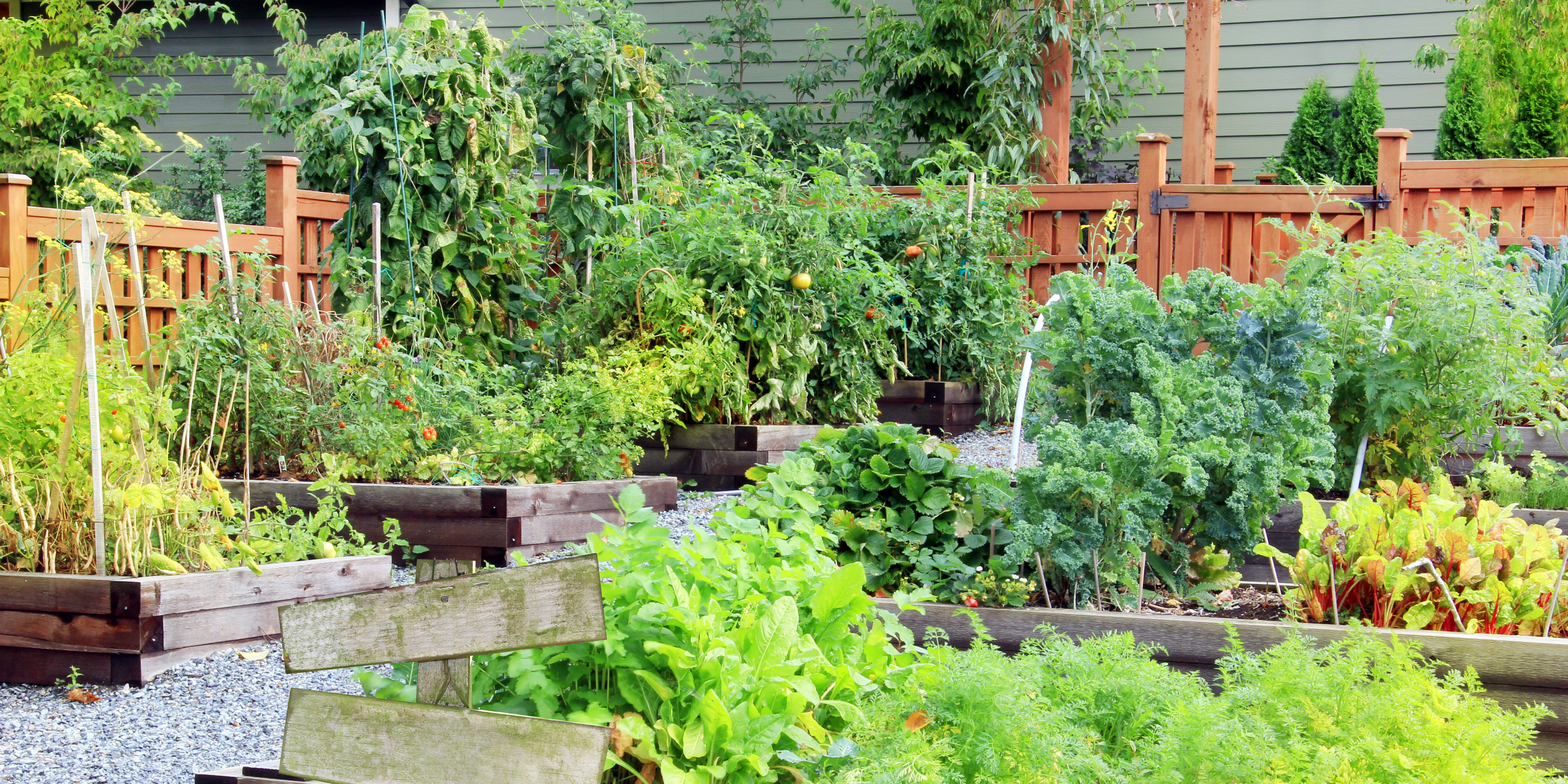Frequently Asked Questions

How many Men’s Sheds are there in Northern Ireland?
We currently have around 110 Sheds on our system, with new ones developing every day!
Who runs the Men’s Sheds?
Sheds are usually run by the very people that use them – the shedders themselves. This ensures the shed stays true to its purpose of meeting the community needs – who knows the community needs better than the members themselves! This grassroots approach also allows for the members of the sheds to take a more involved role should they want to and encourages deeper feelings of fulfilment and purpose within them. Sometimes though, Sheds are ran by organisations such as Action Mental Health, it just depends on the area.
How are the Sheds funded?
As nearly all of the Sheds are run by their own members, they are independent financially and most are self-sustaining.
Their income is usually reliant on profits from items they sell or repair, member contributions and donations from the general public. Occasionally Shed’s will rely on grant money to carry out specific activities or projects, or acquire new equipment, but rarely do they require grant income to continue to run.
Are Men’s Sheds a Care Organisation?
It is important to remember that Men’s Sheds do NOT undertake personal care nor perform the role of carer. However, Shedders do care about each other and depend on each other to share problems and to listen. “We CARE but are not CARERS”. If an individual requires a support worker or carer, they should always accompany them to the Shed and are responsible for them while they are there. Whilst Shedders are mostly volunteers and beneficiaries of their Shed, they are not health professionals.
Why are they called Men’s Sheds? Especially when some accept women.
Men’s Sheds are called as such because they were originally established with a primary focus on providing a communal space for men. The term “Men’s Shed” reflects the idea of a physical workshop or communal area where men could gather, engage in activities, share skills, and build social connections. These spaces were designed to address social isolation, promote mental well-being, and provide an environment where men could pursue hobbies, learn new skills, and collaborate on projects. While the name may emphasise the historical focus on men, some Men’s Sheds today are becoming more inclusive, recognising the value of welcoming individuals of all genders. We use the term Men Shed to emphasise the need for wellbeing spaces for men. Gender specific interventions have long been acknowledged as essential in supporting communities particularly when we consider domestic violence and suicide rates amongst men as two examples. Using ‘Men’ in the title also allows for a conversation around men’s heath and provides some men with an easier transition to engaging with a community group. We also advocate men only sessions, and indeed women only session where appropriate as part of a Shed delivering mixed sessions – although this is all at the discretion of a Shed, its capacity and own objectives.
Drop us a line if you’d like to find out more about joining a Men’s Shed:

